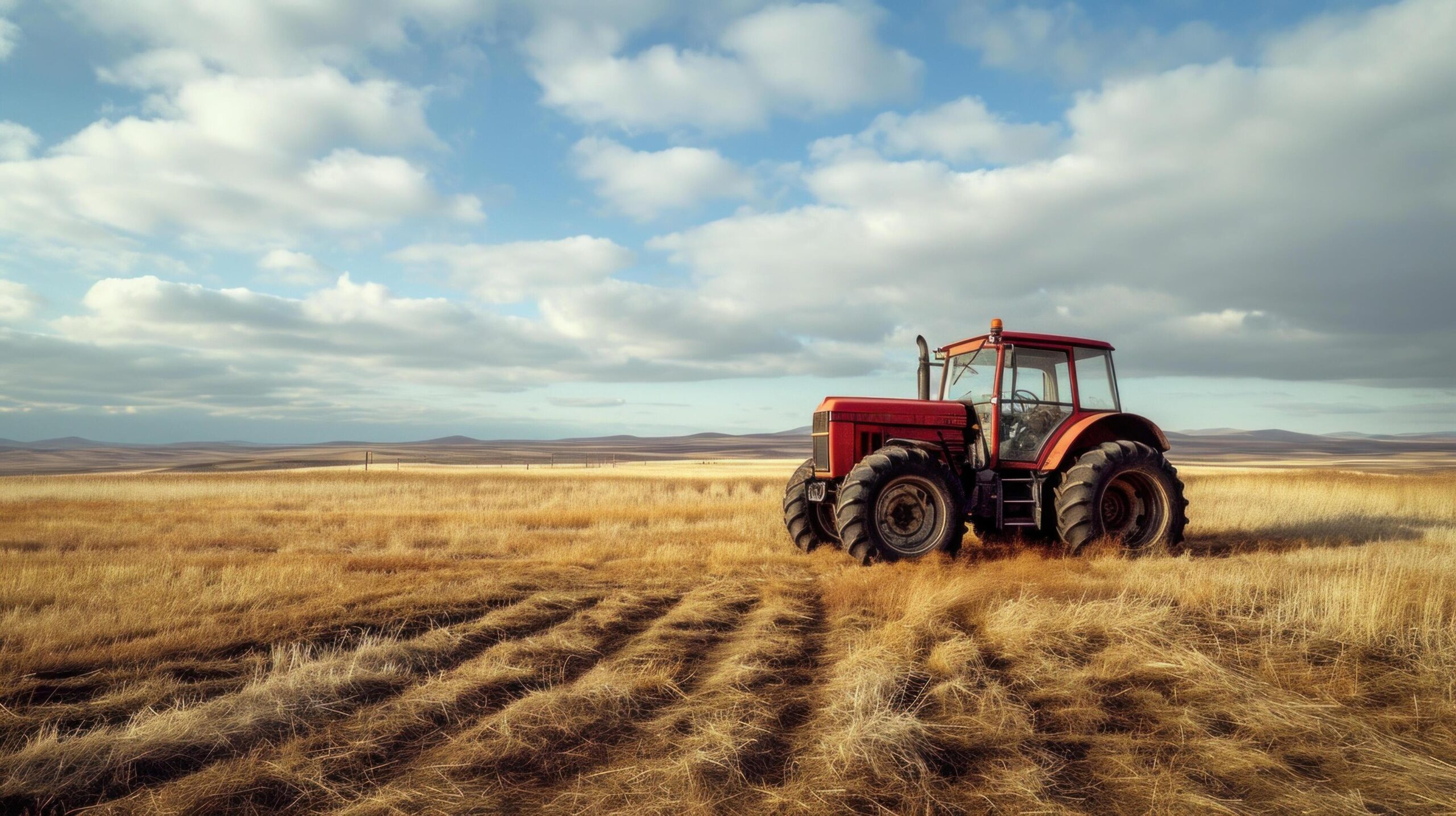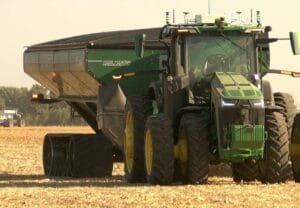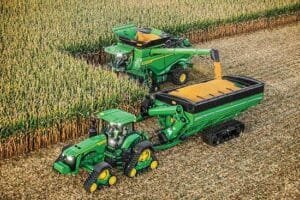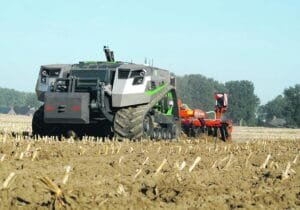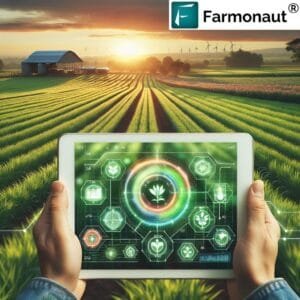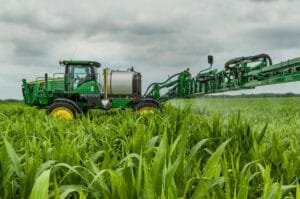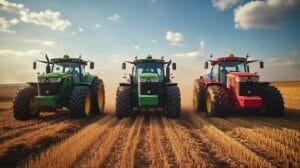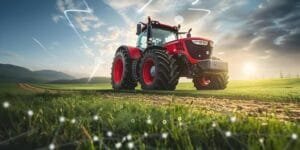The agricultural sector is undergoing a profound transformation through digitalization, with smart tractors emerging as the frontrunners of this technological shift. These autonomous vehicles, equipped with GPS guidance, sensors, and artificial intelligence, are revolutionizing traditional farming practices. As precision agriculture gains momentum, smart tractors represent a convergence of data analytics, automation, and lasting farming methods, offering farmers unprecedented control over their operations while optimizing resource usage and crop yields. The agricultural landscape is undergoing a profound transformation as intelligent machinery revolutionizes traditional farming practices. Modern tractors equipped with artificial intelligence, GPS guidance systems, and advanced sensors are reshaping how farmers cultivate their lands and manage resources.
These elegant machines utilize precision agriculture techniques to optimize field operations. Through real-time data collection and analysis, smart tractors can determine optimal planting depths, adjust fertilizer applications, and maintain precise routing patterns. The integration of IoT (Internet of Things) technology enables these vehicles to communicate with other farm equipment and management systems,creating a synchronized farming ecosystem.Farmers now monitor their operations remotely through smartphone applications, receiving instant updates on equipment performance, fuel consumption, and maintenance requirements. the automation capabilities allow tractors to operate with minimal human intervention, working around the clock when conditions permit. This enhanced efficiency translates to reduced labor costs and improved productivity.
Environmental benefits are equally significant. Smart tractors minimize soil compaction by following predetermined paths and maintaining consistent wheel tracks. Their precise application systems reduce chemical usage and prevent over-fertilization, contributing to sustainable farming practices. Advanced engine management systems optimize fuel consumption, lowering both operational costs and carbon emissions.
The economic impact extends beyond immediate operational improvements. Data-driven insights enable better decision-making regarding crop management, resource allocation, and timing of various farming activities. These machines create detailed field maps, tracking variations in soil conditions, moisture levels, and crop health across different areas.
Weather integration systems allow smart tractors to adapt their operations based on current and forecasted conditions. they can automatically adjust their schedules and modify operating parameters to ensure optimal performance in varying weather situations. This capability helps farmers maximize their working windows and protect crops during critical growth periods.
Maintenance has evolved from reactive to predictive, with onboard diagnostic systems alerting operators to potential issues before they cause breakdowns. This proactive approach reduces downtime and extends equipment lifespan, providing better return on investment for farmers.
The integration of machine learning allows these tractors to continuously improve their performance. They learn from past operations,adapting their strategies based on triumphant outcomes and challenging experiences. This self-improving capability ensures that farming operations become increasingly efficient over time.
As agriculture faces growing challenges from climate change and resource constraints, smart tractors represent a crucial technological advancement. They enable farmers to maintain productivity while adhering to environmental regulations and sustainability goals. the combination of precision,automation,and data-driven decision-making is establishing new standards for modern farming practices,ensuring food security for future generations.

